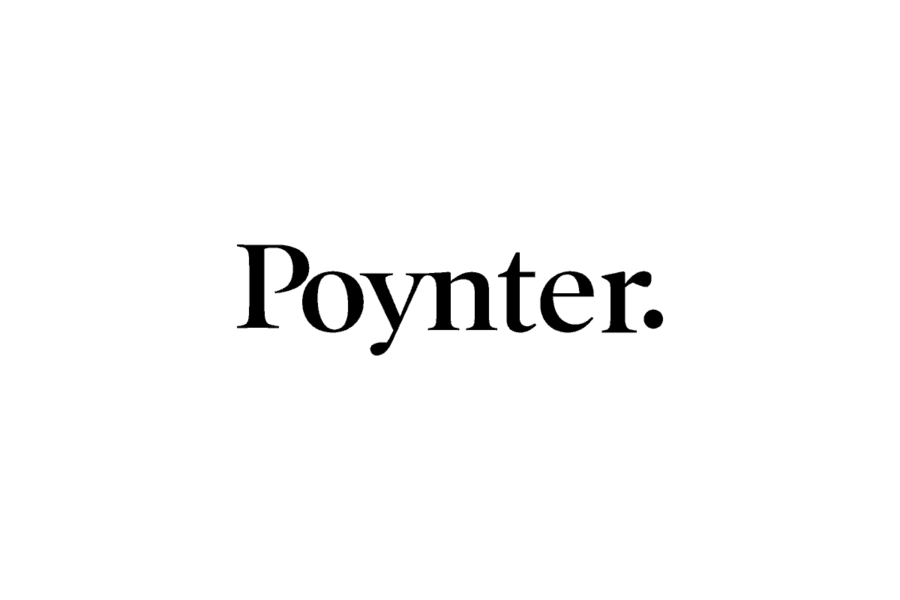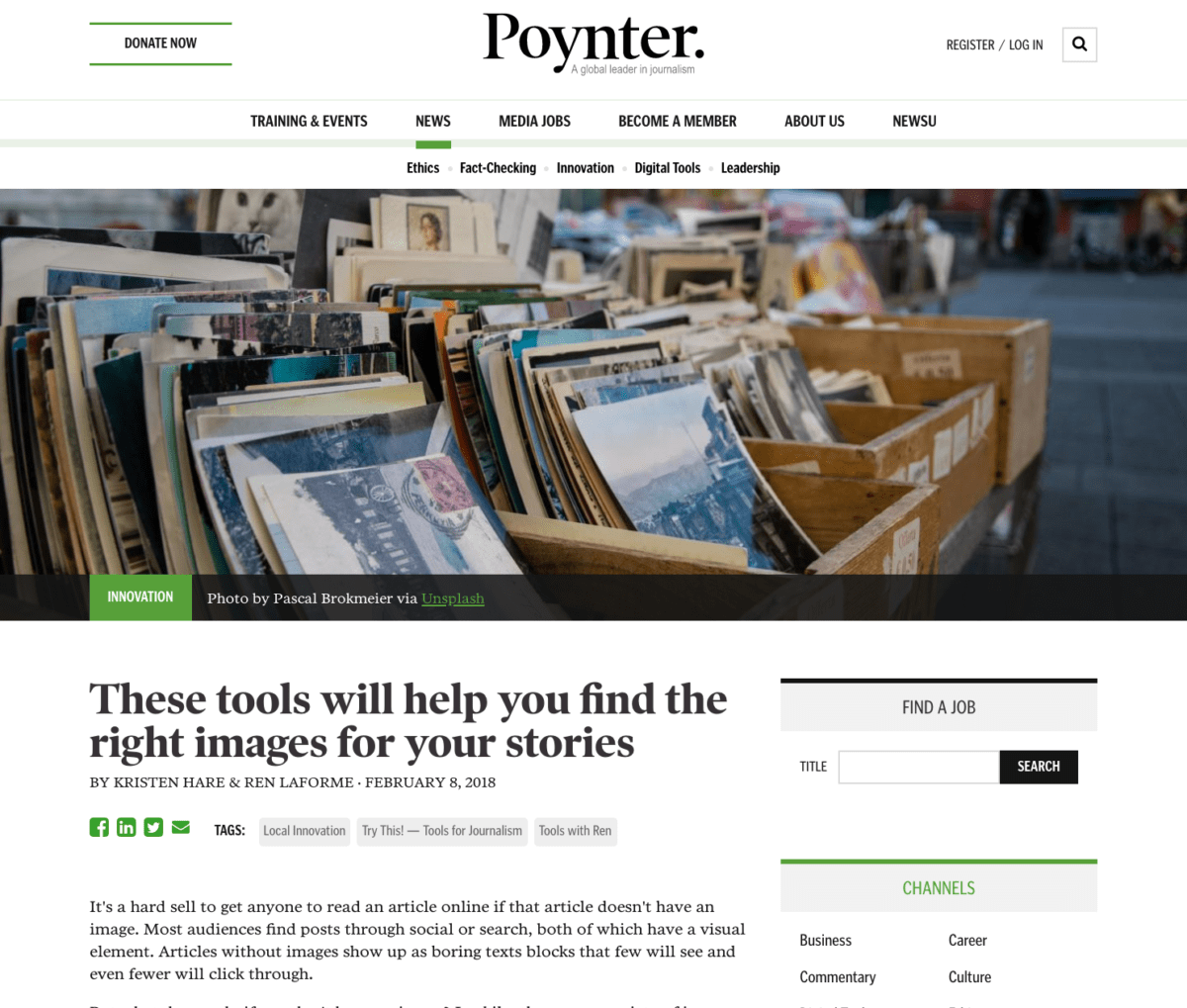Share
How the “Global Leader” in Journalism Fails Photographers by Promoting Free Photos
Put aside the intellectual laziness of using an interview format for an expository piece on how to illustrate the news, but this Poynter piece enti...

Put aside the intellectual laziness of using an interview format for an expository piece on how to illustrate the news, but this Poynter piece entitled “These Tools Will Help You Find the Right Images for Your Stories” is garbage.

In their About page, Poynter describes the organization as a “thought leader” with a special focus on “ethics” as it relates to journalism and democracy. In the past decade (and certainly in the past year of the Trump presidency), much of the discussion within the journalism world has been about the immense role that news organizations play as the “fourth estate” in democracy and secondarily, the need to properly fund quality journalism.

It is therefore myopic and insulting for Poynter to publish a piece that advocates the use of free imagery, and perhaps more significantly the use of Unsplash (and notably juxtaposed against a piece describing how paid subscriptions at The New York Times led to another strong quarter). We have written extensively on the detrimental role that Unsplash plays in photography by using the dubious claim of building community, while in reality they rely upon psychology of the “like” economy to make photographers feel good about themselves while using the resulting traffic to drive their design business.
Just this past week, Dedpxl founder Zack Arias published two vlogs concerning Unsplash: 1) an interview with founder Mikael Cho, and 2) Zack’s closing thoughts on the matter.
Free photography is not going away despite the consequences. But when the forces that should be advocating for the value of (photo)journalism use their platform to conspire against visual journalists and photographers, we have a problem. Poynter should be explaining the real risks of free images (i.e. non-model released imagery) and the value of properly funded photojournalism rather than promoting tools that promulgate a culture of free content.
Shame.


